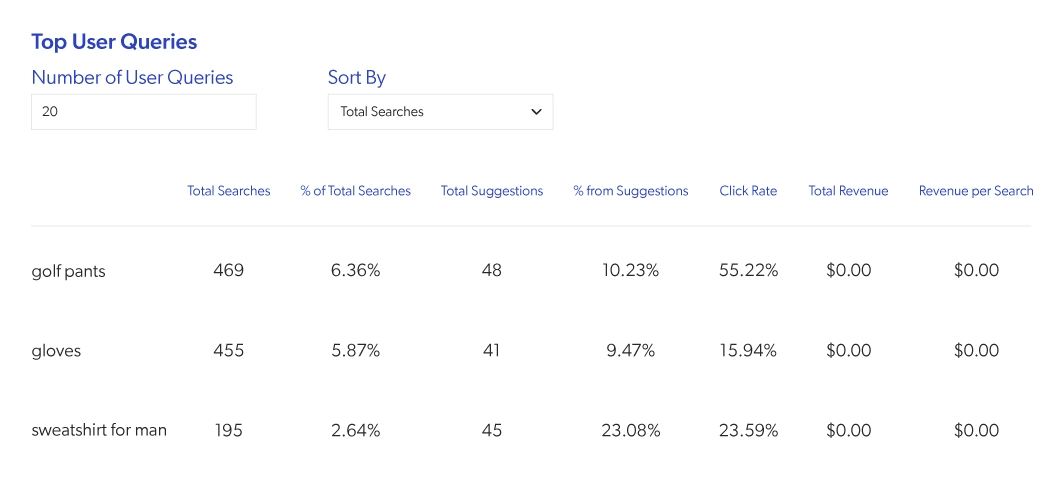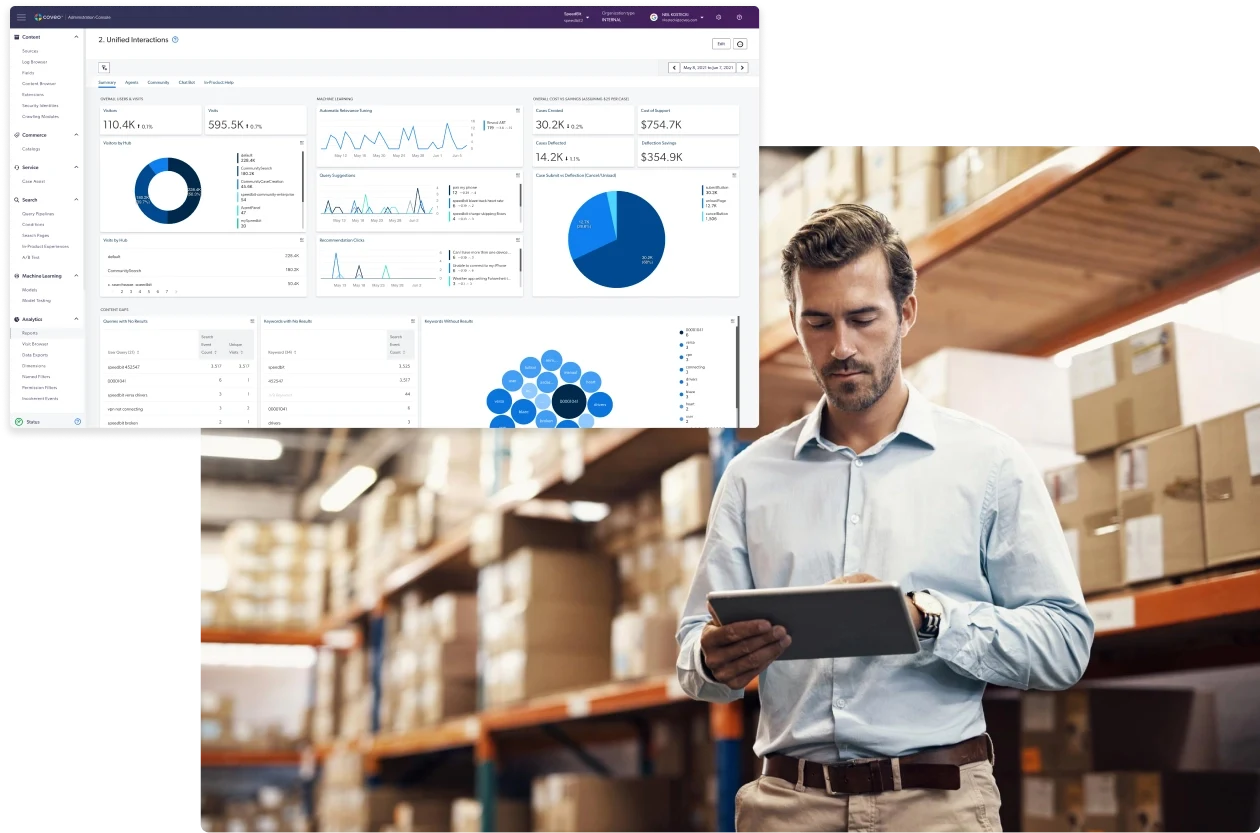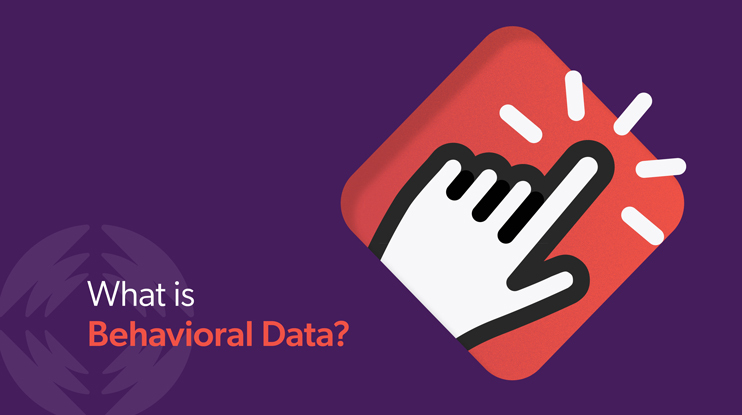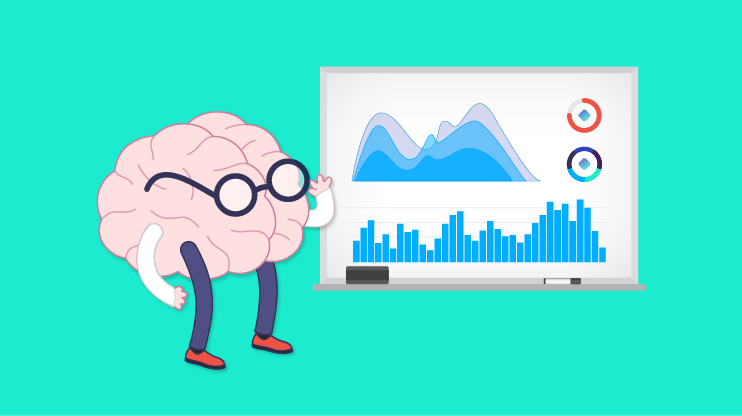What do you believe more: what your customers say, or what your customers do?
While a definitive “I am looking for <insert very specific model number here>” or “I prefer the color orange, so please don’t show me anything that isn’t orange” is incredibly helpful in connecting customers to what they want quickly, it’s very rare that they come right out and say it. In some cases, people aren’t entirely sure what they want in the first place.
Behavioral analytics is all about teasing out the nuggets of truth about what customers feel, want, and need—and how all of that unfolds during their time with you—based on the actions they take throughout your digital presence. And yes, that includes the words they say (or type) to you… but it also includes the unspoken cues that can be just as informative in creating a great customer experience.
But that doesn’t mean collecting and using behavioral analytics in your organization is a sure-fire solution or easy-as-pie to implement. Like any strategy you roll out in your company, you may encounter some roadblocks—but the benefits often make them more than worthwhile.
Catch our podcast, The Ecom Edge!

Untangling the Complexities of Behavioral Data
With so many potential sources of customer behavior data and so many people involved in bringing it together, it should come as no surprise that there are a few hurdles to clear if you’re going to tap into your customer’s behavior.
Locating your data
It’s two sides of the same coin: on one, you likely already have a lot of behavioral segmentation data available to you; on the other, you need to identify it, track it down, and make sure the data owners are on board with the initiative. That means taking stock of all the systems you use, across multiple departments in your organization—an endeavor that typically requires investment in time and resources.
Bringing it all together
It’s one thing to track down those sources of customer data, both behavioral and otherwise; it’s quite another to connect them with each other. Unifying your data sources means bringing the information that you have spread across different tools and systems under one umbrella so that it’s easier to identify patterns and draw conclusions (or make informed inferences throughout the customer journey).
Unifying consumer data can also help reduce the number of smaller challenges, like duplicate entries you have across your organization (a struggle for anyone who maintains your systems), stale or incomplete data, and unstandardized data structures.
The “chicken and egg” problem
Depending on the tools you use to collect and analyze behavioral data, you may find yourself in a catch-22: you need a healthy stockpile of data before you can draw useful conclusions from it, but you can’t build that stockpile until stakeholders see the value in doing so. (Thankfully, solutions like the Coveo Platform™ don’t require a lot of data to start providing value!)
Proving your case
Some stakeholders may need a little more convincing than others before they’re willing to commit time and resources to update processes and workflows. That’s okay—but it means you may have to start small, with a focused pilot project, to show the difference that tracking and using behavioral data can make as a proof-of-concept before rolling it out on something more large-scale and company-wide.
(We’ve done some of the legwork for you: Here’s a framework for building a business case for investing in AI.)
Keeping it safe
Sure, 61% of customers already expect that companies have information about them ready at their fingertips—but they also expect those companies to keep their data safe against cybersecurity risks and data leaks. If you’re using additional tools and technology to bring your consumer behavior data together, that’s an added reason to make sure the ones you choose are secure.

Good for One, Great for Many
In our second article in this series, we talked about the types of applications we’ve seen from customers who collect and use behavioral data. But there’s more to it than that, because at a higher level, a behavioral data analysis strategy can have an impact that goes beyond achieving one goal; it can improve operations across your organization.
It provides a 360 view of your customer, especially when paired with other kinds of data, like demographic or firmographic information. Imagine a customer calls into your contact center and a customer service rep is able to pull up insights about his last website visit, the kind of company he works for, and the kinds of products he was interested in. From there, your rep could provide more relevant support in solving his problem or helping him find exactly the right product or service. Connecting the dots across touchpoints leads to happier consumers in the long run—and increased customer retention.
It allows you to capture data in real time… and use it in real time, too. If you’re relying solely on historical data, it takes time to build up those logs. But if you can make use of online behavior data as it flows in—think predictive search results, targeted content and the like—then providing personalization doesn’t need to wait.
It applies to anonymous users and known users alike. Even on a first visit, AI-powered behavioral analysis allows you to trawl through the overall customer journey for insights that help you make the next move. Each search or action a potential customer takes can inform the next—searching “running shoes” on a store page, for example, might help you prioritize casualwear over formalwear on their next search.
It doesn’t actually require truckloads of data. If you pick the right tools, that is! Because behavioral data capture can happen in real time, and because each step in the journey informs what comes next, you don’t need a database of historical, personal data to provide a personalized experience. You just need a system that’s smart enough to make the right predictions—and one that can take a lot of the automation off your hands with machine learning.
Get a Head Start with Behavioral Data Analytics
It only takes customers a matter of seconds to decide if they want to stick with you—or simply switch tabs to a competitor if they can’t find what they need. Providing personalized service online, and doing so quickly, from first contact and for every customer who interacts with you, is a key differentiator that can set you far ahead of your competition.
Dig Deeper
Now that you’ve got the data and are starting to draw insights from it, get the details on leapfrogging the competition with our Win and Grow Customers in the Experience Economy with Headless Ecommerce.
You’ll learn how to combine content in commerce to differentiate yourself, when to use a content vs commerce-first approach, and the must-have capabilities for relevance and personalized experiences.




